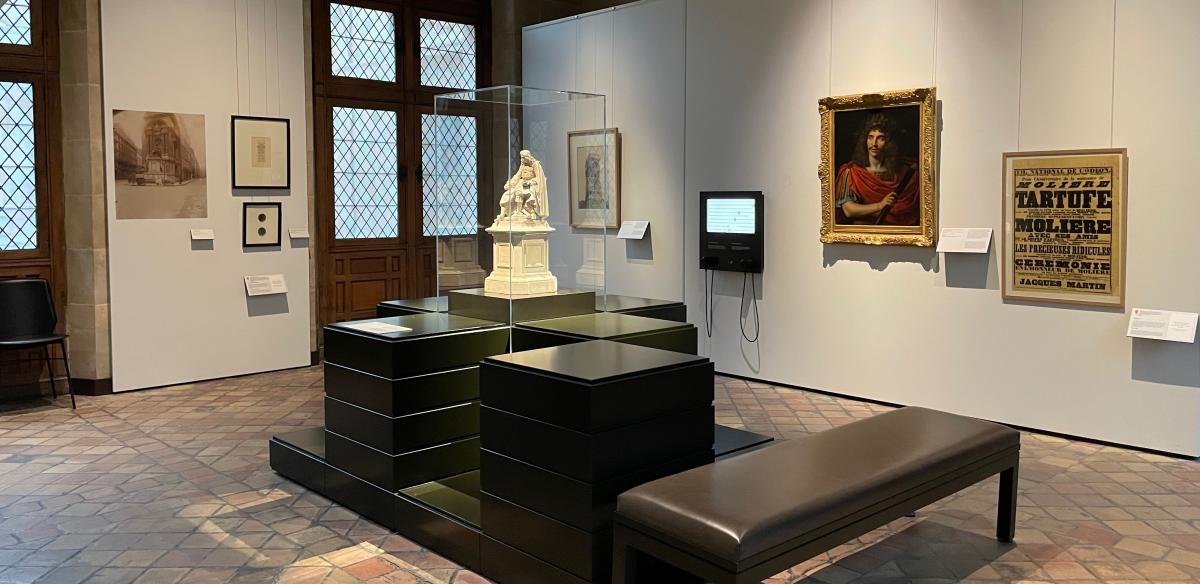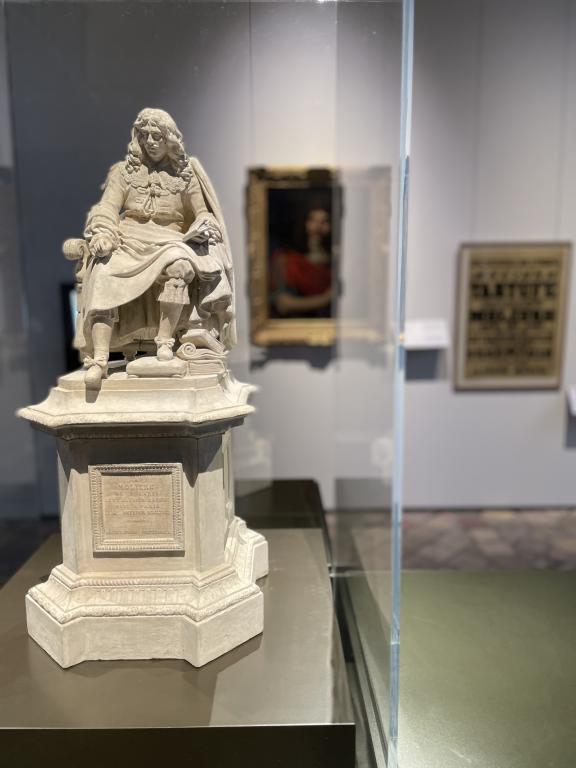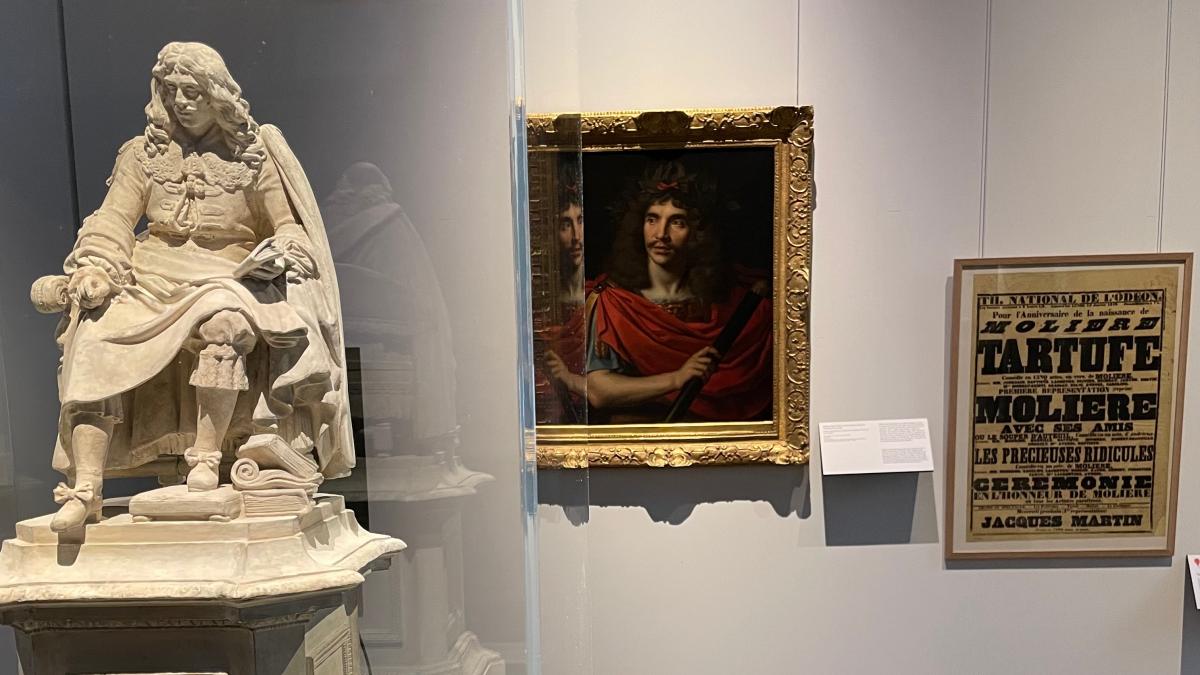Newsroom: 400 years since the birth of Molière

© Musée Carnavalet - Histoire de Paris
The museum is celebrating the birth of Jean-Baptiste Poquelin, better known as Molière, with a new exhibition in the multimedia room as part of the permanent displays.

© Musée Carnavalet - Histoire de Paris
Bernard Gabriel Seurre, model the in place of the central figure of the Molière fountain, 1843.
In 2022, we celebrate 400 years since the birth of Jean-Baptiste Poquelin, known as Molière. His christening, recorded in the parish records of Saint-Eustache in Paris as taking place on 15 January 1622, is commemorated every year by the Comédie Française.
On 15 January 1844, the Molière fountain on the corner of Rue Molière and Rue de Richelieu in the 1st arrondissement was inaugurated. The event, which was widely reported in the press, was a key moment in the history of statutes in the public domain in Paris. The only real public tribute erected during the reign of Louis-Philippe, it was also the first statue dedicated to Molière's memory in Paris.
In 2021, the museum acquired a model of the fountain’s central figure, representing Molière.
This maquette by the sculptor Bernard Gabriel Seurre, known as the elder, is dated 1843, one year before the inauguration of the monument designed by the architect Louis Visconti. The finesse of the execution suggests that it may have been a presentation model offered to the patrons for approval before casting began.
On the occasion of the anniversary of Molière’s birth, the acquisition is presented for the first time in the multimedia room of the permanent collections along with other works and documents from the collections related to the famous playwright and his monument.
A short film produced as part of the “Paris vu par les enfants” [Paris as seen by children] project accompanies the display. Filmed entirely by the children themselves, it shows them interpreting 20 extracts from Molière’s work in front of the fountain in the middle of the city’s hustle and bustle.
Discover the rest of the permanent collections from Prehistory to today.

© Musée Carnavalet - Histoire de Paris